Seeing everybody’s amazing flag dyes has had me thinking about a California Flag dye for a long time, and I finally decided to try it. I work as an artist, and spent many years cutting stencils, so it’s something I’m pretty comfortable with. I did my first dye around 1994 and have been doing it ever since…but it’s something I’ve never been very comfortable with. I am generally too impatient to, A) get my colors right, and B) not spill them all over myself, and my kitchen. For some reason I decided a few months ago to start getting into more complicated dyes despite my inadequecies.
So, for this one, since the CA flag is on white, and has 5 colors all within a small area (white, red, dark brown, light brown, and green), it required some pretty careful masking.
Even though I only posted it a day ago, I have gotten A LOT of questions about my sticker cutting process. I do it differently for different dyes, but for this one (for the bear) I placed my adhesive vinyl on the scoop before any cutting. Then I drew the bear in pencil being careful to mark all of the cutlines clearly. I then went to work using a really small detail X-acto knife to make the cuts. Once all cut, I masked everything around it bear, and removed only the grass mask.
I decided to try something new for dying the green, which is why it came out poorly. I made a thick slurry of dye by adding a lot of RIT powder to a little bit of water. Then I used a Q-Tip to apply it to the grass. That did not work at all, so I ended up doing a traditional dip.
After the green, I re-masked the grass by using rubber cement, which was a mistake. I should have used hot glue, or even another sticker. Once the grass was re-masked, I removed the masking over what would be dark brown, and did a dip in brown. Once I liked the color, I removed the masking over the light brown area, and did a quicker dip in the same brown. Some of the shading you see at the top of the light brown was unintentional, but looks pretty sweet.
Once the bear, and grass was done, I masked the entire scoop off, and cut the star, and did the red dip. For the bottom I traced a little map of CA on top of my sticker material so I could see the impression from the pencil to know where to cut. The “Nor Cal” lettering was drawn directly onto the sticker paper, then cut, then applied the same way as the map.
Subscribe to my YouTube channel after you watch the video.
Overall, it was a really good learning experience. I was able to test some theories that ended up failing, but I was lucky enough to still end up with a decent final product.



